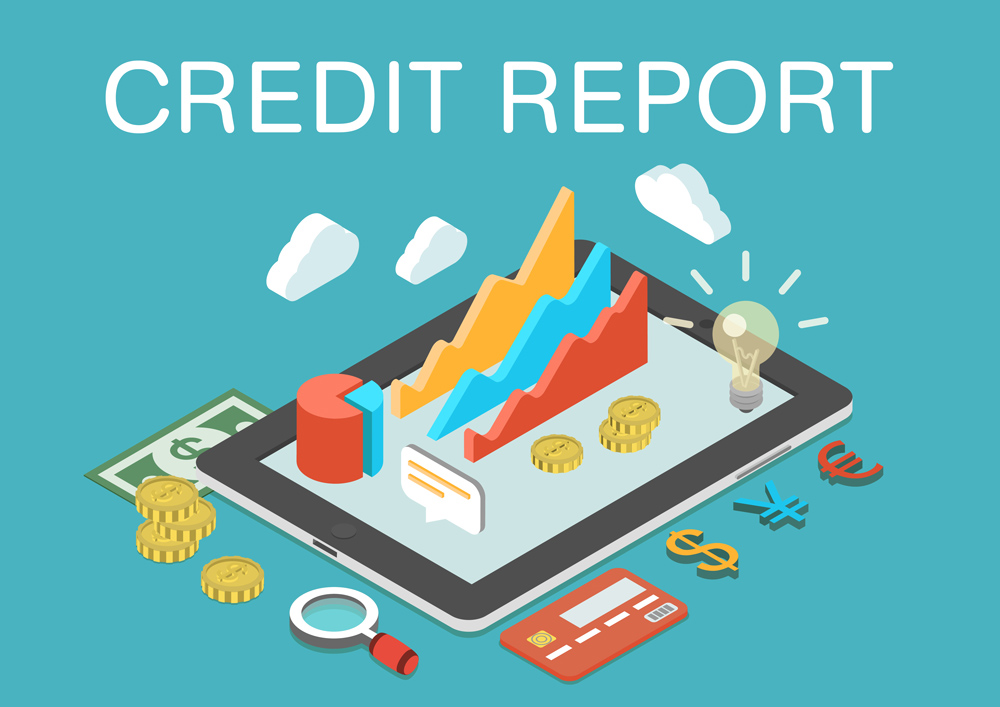Buying a home is a monumental step, especially if it’s your first. The world of mortgages can be complex and overwhelming, filled with various terms and considerations. To ensure you’re well-prepared for this significant financial undertaking, whether you’re securing a new mortgage or refinancing an existing one, here are crucial dos and don’ts to guide you through the process.

Check Your Credit Report. Verifying your credit report is a pivotal step in determining eligibility and mortgage rates. Start by obtaining your annual credit report from major agencies – Equifax, Experian, and TransUnion. Thoroughly examine the report for accuracy and promptly rectify any discrepancies. Keep a vigilant eye out for signs of identity theft, outdated information, or erroneously closed accounts. It is imperative to report any inconsistencies directly to the credit agencies to ensure the accuracy of your credit history.

Improve Your Credit Score. A higher credit score often leads to more favorable mortgage rates. Concentrate on enhancing your FICO score, which typically ranges from 300 to 850. To boost your score, focus on reducing outstanding debts, set up payment reminders, maintain lower credit card balances, and decrease overall debt. A significant contribution to score improvement can be made by either limiting or ceasing credit card usage. Taking proactive steps to improve your credit score can have a positive impact on the terms you receive when applying for a mortgage.

Lower Your Debt-to-Income Ratio. Lenders scrutinize your debt-to-income ratio to assess your ability to manage monthly payments. Strive for a ratio below 36%, with no more than 28% dedicated to mortgage payments (front-end ratio). Reducing this ratio can positively influence your mortgage rate. Explore options such as decreasing recurring debt and augmenting your gross monthly income through additional work or income sources. Lowering your debt-to-income ratio is a strategic move to present yourself as a financially responsible borrower.

Consider the Amount of the Mortgage. While you might qualify for a specific mortgage amount, prudence dictates spending only what you can comfortably afford. Adopting a conservative approach involves allocating no more than 30% of your take-home pay to housing costs. This encompasses the mortgage, property taxes, insurance, and association dues. It is essential to factor in maintenance costs for a comprehensive budget assessment. Ensuring that the mortgage amount aligns with your financial capacity is crucial for long-term financial stability.

Don’t Count on Refinancing. Refinancing may not always guarantee a better rate, especially with fluctuating mortgage rates. Instead of relying solely on refinancing, explore alternatives such as shortening your loan term or considering cash-out refinancing to pay down higher-interest debts. Carefully evaluate the numbers to ensure that refinancing aligns with your long-term financial goals. Being informed about the potential outcomes of refinancing allows for a more strategic and financially prudent decision-making process.

Embarking on homeownership is a substantial commitment requiring careful financial planning. By adhering to these dos and don’ts, you can navigate the mortgage landscape with confidence, making informed decisions that align with your long-term financial goals.

